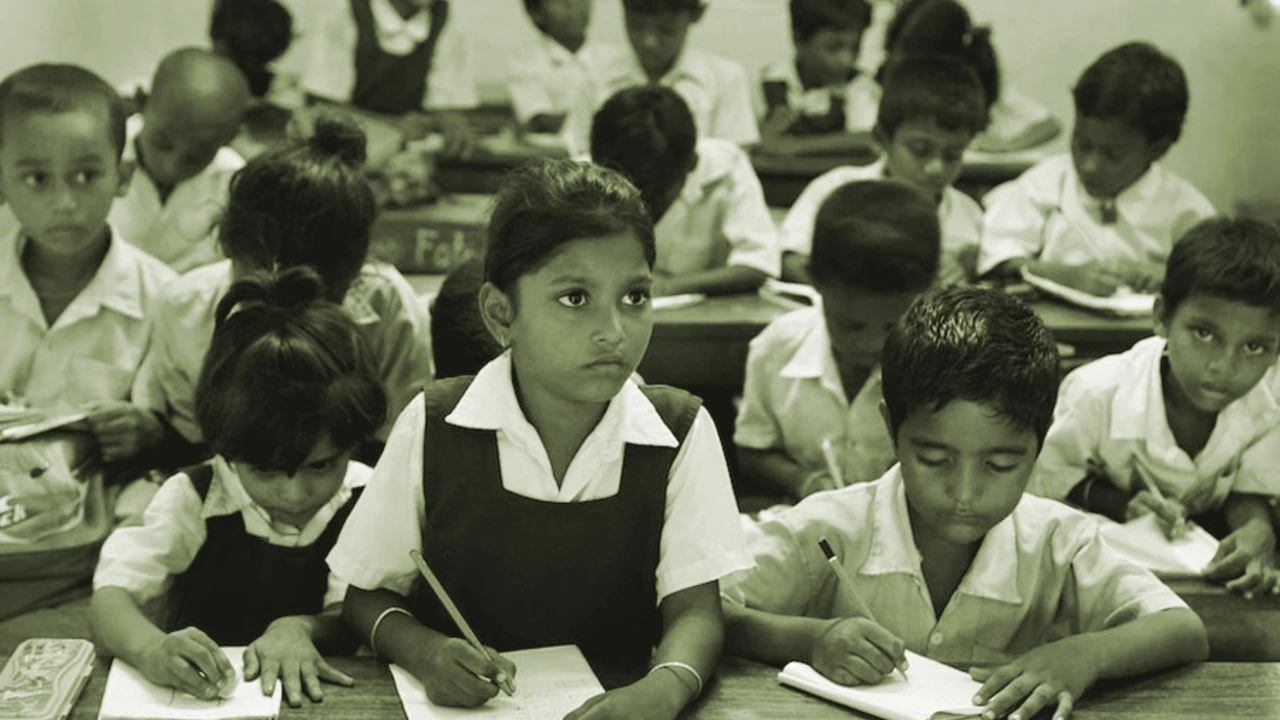Do private schools promote class inequality?

Understanding the Private School System
As we embark on this discussion about private schools and class inequality, it's important to first understand how the private school system works. Unlike public schools, which are funded by government and tax-payer funds, private schools are funded by tuition fees and private contributions. This often means that they have more resources at their disposal. They can provide smaller class sizes, hire more qualified teachers, and offer a wider range of extracurricular activities. However, the downside is that these schools are often much more expensive, creating a financial barrier for many families.
The Role of Tuition Fees in Class Inequality
One of the main factors contributing to class inequality in private schools is the high tuition fees. These fees can range from a few thousand dollars a year to over $40,000 a year for some elite institutions. This automatically excludes a large portion of the population who simply cannot afford such fees. As a result, private schools tend to host a student body that is disproportionately wealthy, further exacerbating class divisions.
Admission Policies and Class Bias
Admission policies in private schools can also contribute to class inequality. Many private schools have selective admission policies, often requiring applicants to pass rigorous entrance exams and interviews. While this is not inherently problematic, it can lead to a bias in favor of students from wealthier families who have had access to better education and resources to prepare for these exams.
Networking Opportunities and Social Capital
Private schools often provide excellent networking opportunities, both for students and their families. These networks can be instrumental in accessing job opportunities, internships, and university placements in the future. However, these networks are often confined to the same socioeconomic class, reinforcing class divisions and perpetuating inequality.
The Impact on Higher Education
Attending a private school often paves the way to prestigious universities and colleges. These institutions often favor applicants from private schools, further widening the gap between the rich and the poor. This in turn leads to higher earning potential for private school graduates, perpetuating the cycle of wealth and privilege.
Private Schools and the Achievement Gap
Studies have shown that students from private schools often outperform their peers from public schools in standardized tests. However, this achievement gap is more likely due to the socio-economic advantages that private school students typically enjoy, rather than the quality of education they receive.
The Role of Scholarships and Financial Aid
Many private schools offer scholarships and financial aid to students from lower income families. However, the availability and accessibility of these programs vary greatly. In some cases, the application process for these programs can be complex and daunting, creating another barrier for disadvantaged families.
Private Schools and Social Segregation
Because of their selective admission policies and high tuition fees, private schools often end up being socially and economically homogeneous. This lack of diversity can lead to social segregation and can limit students' understanding and empathy for individuals from different backgrounds.
The Importance of Government Regulation
Government regulation and oversight can play a crucial role in mitigating class inequality in private schools. Policies that enforce diversity, regulate tuition fees, and promote transparency in admission processes can help make private schools more accessible and egalitarian.
Exploring Alternatives to Private Schooling
Finally, it's important to consider alternatives to private schooling. Charter schools, magnet schools, and homeschooling are all options that can provide a quality education without perpetuating class inequality. Furthermore, advocating for more funding and resources for public schools can help bridge the gap and ensure all children have access to a quality education, regardless of their socioeconomic status.
